Let me guess— you’re keen to give your blog that extra boost?
Let’s get real, it doesn’t need much. You’ve already done the hard part— you gave it life, and now it’s maturing nicely.
What it really needs is nothing more than a tweak here and there, to take it to that next level.
When I joined Canva in August 2015, I picked up the gauntlet to drive 1 million sessions to the Design School blog in a calendar month.
In this article, I’ll share how we finally achieved that goal.
A look at the Design School— from launch to now
We’re fortunate that Canva’s blog has been successful since its launch, in November 2014. In its first six months, it clocked up 2,457,779 sessions, at an average of 409,000 a month.
Andrianes Pinantoan wrote about the strategy responsible for our initial rise in popularity in May 2015.
Executed by Anna Guerrero, it was a strategy that turned a new blog with no reputation into a publication with a global following.
The screenshot below, taken from Google Analytics, tells our story:

Now, after a six-month concerted effort from our small content team, and a talented team of freelance writers, we can proudly say that we’ve built upon Andre’s initial strategy and Anna’s hard work.
And, for the first time in the blog’s history, we’ve recorded over 1 million sessions in a calendar month.
This growth is pretty significant and we’re proud of it, so we thought we’d take stock and share some of the things we learned/did to get there.
The changing guard— from social to search
In the GA graph above we’ve identified August 2015 as the month our traffic from search overtook our traffic from social, for the very first time.
This evolution has been key to the million.
For context, a year ago in February 2015, organic search contributed 51,000 sessions, or just 12%, of the total session for that month, whereas social contributed 169,000 sessions, at 40%.
Fast forward to February this year, and things are much different. This year, organic search contributed 434,000 or 42% of our total sessions for the month, and social contributed 236,000 (now just 23%).
Why you should pay attention to SEO and evergreen content
We pay a lot of attention to organic search traffic because, in our view, it’s more self-sustainable than the traffic we get from social.
To explain this, consider two articles we published in July 2015.
One of them is an article about how the right morning rituals can boost your creativity. The other is a showcase of social media icons.
We published both articles in July 2015 and distributed them in the same way, across ours and Guy Kawasaki’s social channels.
The creativity article imploded on social, racking up over 8,000 shares. The social media icons article still did well on social, with just over 2,000 shares, but nowhere near as well as the creativity article.
Fast forward seven months to February 2016…
The creativity article — despite dominating on social at the time it was published — contributed just 525 sessions, whereas the social media icons article recorded 8,200.
Here are GA screenshots showing the session stats for each article, inclusive of their date of publication in July 2015 until the end of February 2016. You can just see how significant the difference is between the sustainability of the traffic from the socially-geared morning rituals article (the first graph) and the traffic from the search-geared social media icons article (the second graph):

![]()
The difference?
This is what we mean by search traffic being self-sustainable.
Publish an article geared for social and it will hopefully implode. But because it’s not a topic people search for, it delivers a limited traffic life.
On the flip side, publish an article on a topic that people search for regularly, and that group will continue to find it months after its published, which gives you an enduring supply of monthly traffic.
Extrapolate this theory out to 50 or 100 articles a year, and you’ve got 50 or 100 self-sustaining articles.
Don’t get me wrong, we still appreciate the value of social, and continue to publish articles geared to succeed on those platforms.
But, we generally tip the balance in favour of SEO geared articles, which means, for the most part, we let our keyword research and backlink analysis guide our editorial calendar.
Optimising for SEO— The importance of an audit
Another important thing we did on our path to the million was an SEO content audit. If your blog has been active for some time (and has a body of content), we suggest you start here.
A content audit is like a spring clean of your blog, where you review every article published and determine which should be kept, which should be trashed and redirected, and which should be improved.
The reason for the audit is to avoid keyword cannibalization, which can hamstring your SEO pulling power. It also just tidies up your blog — your home — which, we think, delivers a better user/reader experience.
In a nutshell, the steps we took to do our content audit were:
- Scraped a list of all the articles we’ve published on the blog and dumped them into a ‘master list’ tab on a spreadsheet;
- Added four other tabs to the spreadsheet:
- New— for articles with great content that just need a new URL slug, optimized for SEO.
- Combine— for multiple articles on the same topic that need to be merged into one super article to centralize the reader value and to avoid keyword cannibalization.
- Keep— for articles that meet a good standard of SEO optimization and content quality, and don’t need any extra love.
- Improve— for articles that partly or fully need to be re-written, because the content is poorly SEO-optimized for the topic they’re about, and/or because they fall short of the blog’s content quality standards, to the point where they deliver a negative-value experience to the reader.
- Went down our master list and added every article to one of our four tabs, per the criteria above.
- Executed on the changes/improvements needed for each article.
- Actioned any redirects required so there were no dead-end URLs as a result of the changes.
SEO audits might seem difficult, but they’re not. And they represent the concrete slab of session growth— the foundation upon which all your efforts from then on can be built.
Here’s some GA screenshots depicting the immediate effect the audit had on three of our articles (click to read the articles):



While these tweaks to how we approached SEO were crucial, they weren’t the only thing we changed. Another important change we made was to our editorial cadence.
Editorial cadence: Going from blog to publication
Towards the end of 2015 we realized that our numbers for the year, while inspiring, were stagnating and we needed to do something more.
So in December, 2015 we decided we needed to improve our editorial cadence.
Editorial cadence is the rhythm a publication needs to publish regularly and reliably. For us, it was another major contributor to our steep growth.
To build our cadence, from December 2015 we decided we needed the following:
- Publishing consistency — Ensuring an article is published every US work day, without fail. Publishing consistency is a staple feature of any publication striving to be the best;
- Depth to the editorial calendar — always having articles scheduled at least 6 weeks in advance;
- Editorial consistency — Ensuring each article goes through an editorial process so each is consistent and meets a publishable standard; and,
- New writer onboarding — The hiring process of new writers is now a structured process with email templates, a review process, and an article trial process.
Publishing consistency — Ensuring an article is published every US working day
We’ve always used CoSchedule to plan our editorial calendar, but we’re now dedicated to scheduling at least one article per US work day.
The difference in consistency can be clearly seen when you compare what our calendar looked like in late November/early December last year:
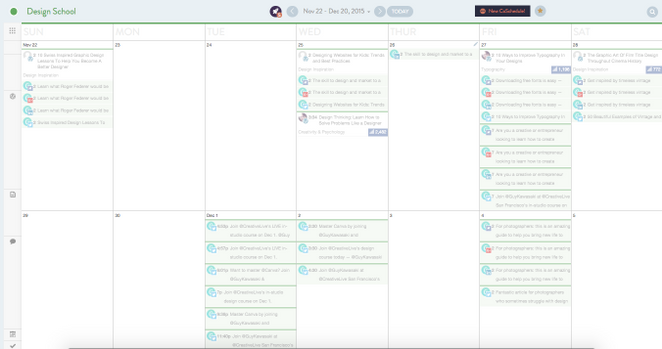
With how busy it looks now, in Mid-February to Mid-March:
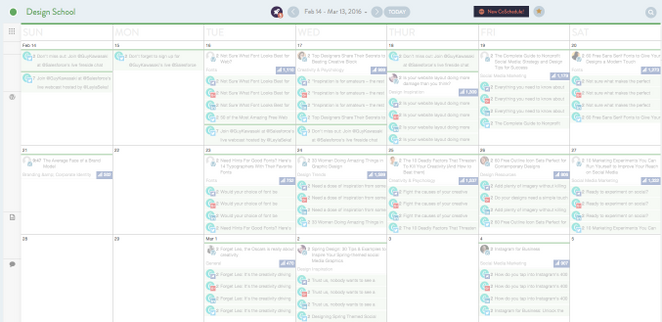
While this move to be more consistent and to publish more regularly is a long way short of blogging rocket science (and wasn’t something we haven’t known for years), it took some time to set in stone, and was largely helped by our second area of focus:
Depth to the editorial calendar — scheduling article 6 weeks in advance
The reason we’ve been able to achieve our editorial consistency and regularity is that we’re now committed to having the calendar scheduled for at least six weeks in advance, at all times.
Before then, we were generally two or three weeks ahead at any one time, meaning in week 1 we commissioned articles to be published in week 2 or 3, but no further.
Taking into account the time it takes for writers to produce the articles and for our design team to create the artwork, the 2/3 week advanced scheduling often put us in the stressful position of having to edit and prepare articles for publication days before (or the day of) their publication, and if we ever needed to push back an incomplete article, we rarely had a backup ready to take its place.
After some big team efforts, we now commission anywhere between 6 and 10 new articles every week and we work together to ensure that our six week advance schedule is maintained. Again, this isn’t rocket science in theory, but it took some collaborative planning and hard work to execute it in practice.
Adopt an editorial process and use it consistently
For a long time, we’ve recognized the importance of editorial consistency — making sure all articles are edited according to the same internal standards and requirements.
So, in December we built editorial checklists so we could logically edit every article submitted to us.
Some of the items on the checklist include:
- Keeping the number of words between the article headline and the first image in the article to 150 words (because images are SUPER important to the success of our articles);
- Making sure all paragraphs are short and readable;
- Making sure article subheadings are numbered correctly;
- Making sure all images are displayed correctly;
- Making sure all images are cited properly;
- Increasing the number of internal links in each article to other Design School articles; and,
- Making sure all links included in the article go to the right destination.
Before we built out this checklist, we were editing articles on a case-by-case basis which left the door open for every article to be edited differently from any other. The checklist takes the guesswork out of achieving editorial consistency, and has become a reliable feature of our growth.
New Writer Onboarding
We’re fortunate to have an amazing team of freelance writers hailing from all over the world. To ensure we maintain the quality and quantity of writers in that team, we now have a regular monthly review process, aimed at assessing whether we need to top up our freelancer stocks.
If we do, we have a reliable process in place (with email pro formas and testing procedures) to ensure we onboard new writers that meet our quality standards simply and quickly.
These mechanisms ensure we never experience any downtime in article production, which trickles down to ensure we maintain our editorial depth and consistency.
Again though, this isn’t all we did…
The importance of our blog artwork
Facebook has always been the number 1 social traffic contributor to our blog, and we don’t think that will change.
But on 1 August 2015, there was a change of the guard to our second biggest social contributor for the first time since our blog launched in November 2014: Pinterest overtook Twitter.
You can see the daily rise of our Pinterest graphic in the GA graph, below. We’ve marked the day traffic from Pinterest overtook traffic from Twitter.
This evolution from Twitter to Pinterest is indicative of another crucial ingredient in our growth to the million, an ingredient we seriously suggest you include in your own blogging recipe: supporting your content with top-quality blog graphics.
To see the real-world effect of our efforts to do this, check out how much people love to pin the graphics we feature in our articles.
We’ve always been extremely proud of our writers’ abilities to curate the best graphics from around the web to include as examples in their articles. Here’s a couple from an article we published in February:
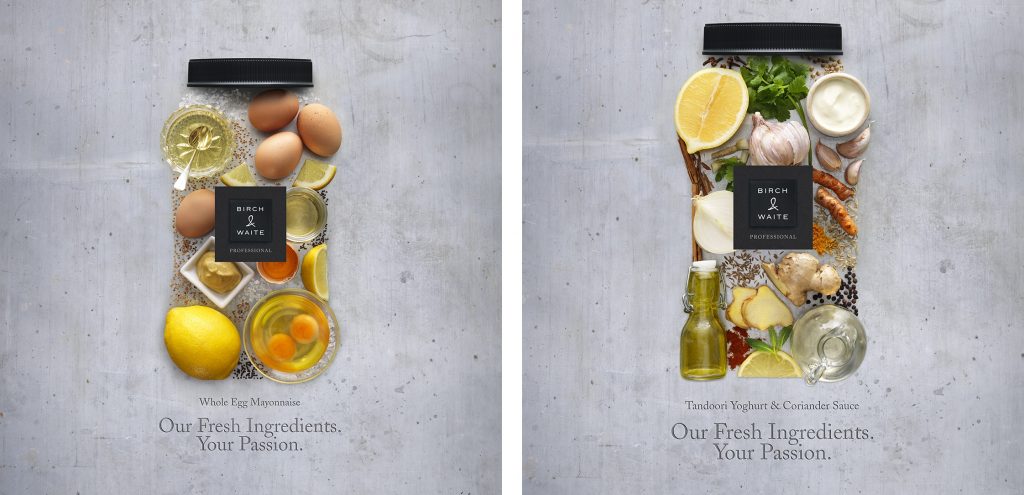
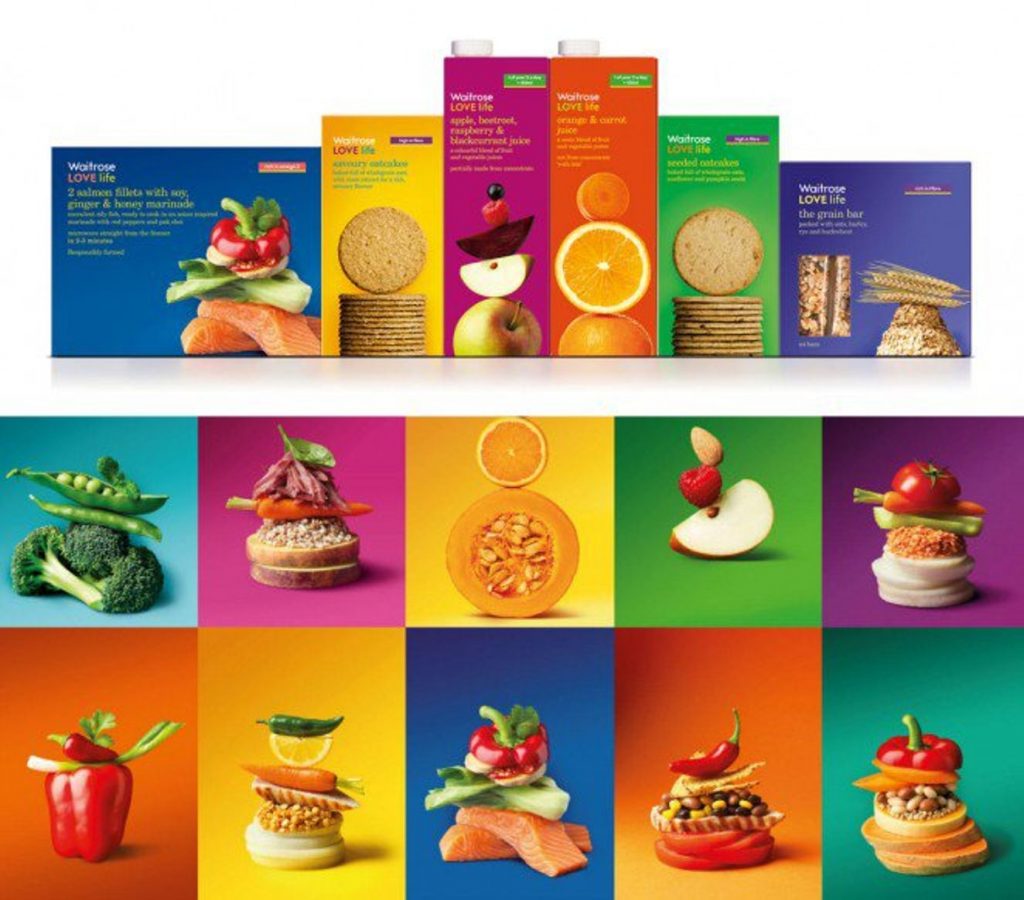

You can imagine how much value these graphics add to an article’s aesthetic. And we’re planning to create a lot of custom graphics ourselves in Canva, like these from an article we published in April:

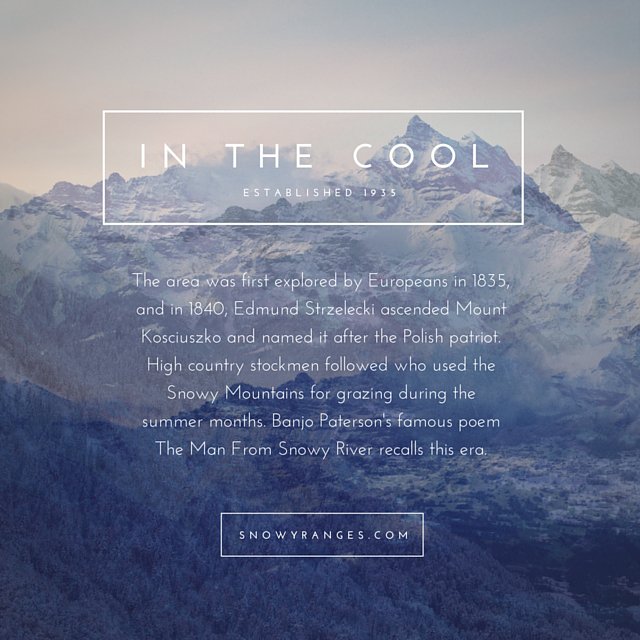



The value of creating our own custom graphics is that we retain complete control over those assets, the brand, and the impact we want them to have.
Want to create your own?
Each of these graphics took no longer than an hour to design ourselves in Canva. If you’re new, design your first blog graphic now (and perhaps a social media graphic to help promote the article).
Blog banners
Besides blog graphics, our other artwork focus is on blog banners.
From the experience we’ve gathered over three or four years blogging with the Design School, we’ve categorically found that our articles that include an impactful banner are shared far more than those without one.
So, we’re committed to designing a banner for literally every article we publish (and, if you’re serious about your blog, you should be, too).
You might think this is expensive and/or time-consuming, but it’s really not. Here are five of our best in 2016, each of which took less than an hour to put together in Canva:
Food. Love it? You’ve never seen it look like this. We can promise you that.

Instagram for Business

60 Free Outline Icon Sets Perfect for Contemporary Designs

10 Marketing Experiments You Can Run Yourself to Improve Your Reach on Social Media

Spring Design: 30 Tips & Examples to Inspire Your Spring-themed Social Media Graphics

To reiterate, each of these only took about an hour to design, but they set the Design School apart from other blogs in our space (and other blogs in general), because they draw readers into our articles.
This, we think, is fundamental.
The simple technique of dressing each of your articles with an eye-catching banner will help the appeal of your blog, and will help in its growth.
Get started by signing up to Canva and dive into the design of your first blog banner now.
What’s next?
All of these efforts have led us to achieving our goal of bringing in 1 million sessions a month to the Design School.
But they weren’t easy. And they won’t be for you.
We suggest you break all of the tips we’ve included in this post into bite-sized pieces.
Start by designing a simple blog banner for each article you publish. They don’t have to be elaborate, and you can rely entirely on the pre-made Canva templates for as long as you need. Just get started, and build in that cog to your publishing machine.
Then, introduce some blog graphics into the content and design a social media graphic for every post. Again, you can rely heavily on Canva’s template library to get the job done before you have the time and resources to create more original ones.
Graduate to a content audit, then get to work on your actual publishing machine — be consistent with the editorial quality of your articles and publish regularly and plan ahead, and put measures in place to hire freelance writers regularly (if, of course, you have the resources).
But, above all, have fun. If your readers can see you’re invested in your work and your message, the business side of things will take care of itself.
Good luck on achieving your big blogging goals and, as always, happy designing!
Source: Design School Canva
If you need to know more about content marketing strategy, ask a professional digital marketing agency near you! Or you can join Top4, the latest Australian Social Media Business Marketing Platform, and create your business own content marketing!




